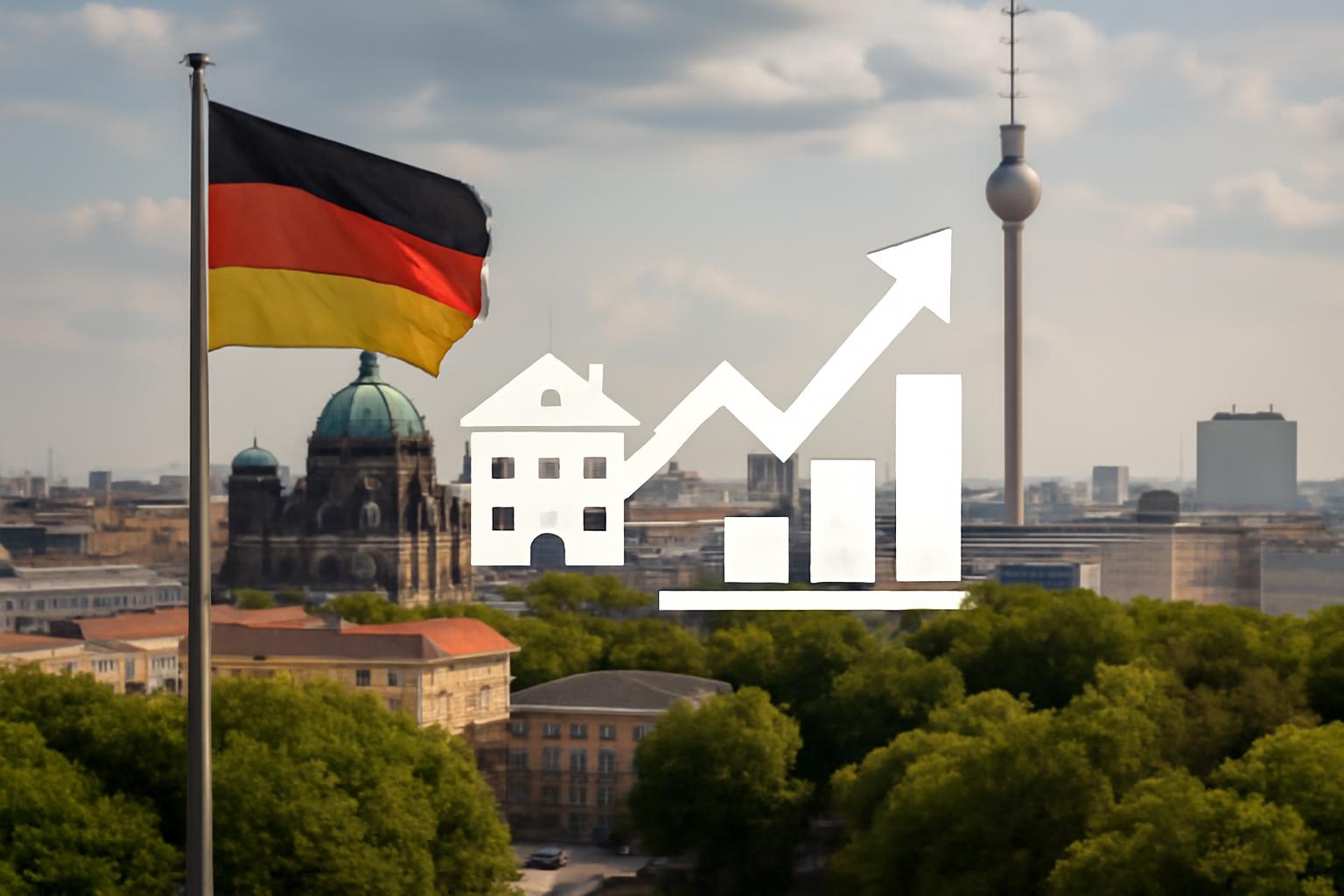Germany’s accommodation sector logged a record 223.3 million overnight stays in the first half of 2025, a hair’s breadth above the prior January–June peak. Domestic travelers accounted for 187.0 million stays, up 0.8%, while foreign visitors declined 3.2% to 36.4 million. In June alone, Beherbergungsbetriebe hosted 50.5 million overnight stays, up 3.8% year on year, with domestic stays rising 7.4% to 42.8 million thanks to Pfingstferien, while foreign overnight stays fell 12.7% to 7.6 million. The mood in the sector improved for the fifth consecutive month in June, yet remained largely pessimistic, according to the ifo Institute. Looking ahead, the German Travel Association DRV expects summer 2025 to yield about a 1% overall revenue gain for the travel market, with package holidays up around 3% and independently organized trips down about 2%. Ticket prices rose on average by 3.8% versus the previous year.
Let us not be hoodwinked by the surface glow of these numbers. Behind the record lies the quiet arithmetic of dispersed choice, where countless individuals and firms coordinate their plans through prices, incentives, and local knowledge, not through edicts from above. A surge in domestic travel, amplified by a holiday week and the staggered rhythms of the calendar, demonstrates how private initiative adapts to conditions with astonishing agility. The retreat of foreign visitors hints at a world where exchange rates, macro uncertainty, and the frictions of cross-border travel quietly reallocate demand toward home markets. In this, the market’s price signals—wage costs, hotel rates, transportation prices—translate desires into allocation. The figures confirm a decentralized order at work, not a central plan.
Yet there is a moral to these numbers that should give pause to those who conflate optimism with policy success. The drift of sentiment remains pessimistic even as volumes rise, a reminder that forecasts are fragile and that tomorrow’s risks—labor costs, energy prices, interest rates, geopolitical tremors—live in the same ledger where today’s gains are accounted for. The DRV’s modest revenue projection, with a premium on packaged holidays and a projected decline in self-organized trips, underscores how fragile equilibrium is when expectations shift. In other words, the apparent resilience of tourism is not a triumph of planning but a testament to the market’s capacity to absorb shocks and reallocate resources through price and preference—the very phenomenon that free societies rely upon to avoid misallocation.
To me, the core lesson is not to worship the spectacle of large numbers but to question which orders produce them. The most profound advancement in social organization is not the grand plan but the spontaneous coordination that arises when individuals freely respond to prices that reflect information no central authority could ever possess. Tourism, with its seasonal surges and foreign–domestic tides, is a living laboratory of that phenomenon. It shows how local decisions—hotels, transport operators, restaurateurs, and travelers—collectively shape outcomes in ways no central planner could predict or perpetually optimize.
Thus let policy anchor itself in stability of the price system and the rule of voluntary exchange, not in attempts to micromanage travel flows. Keep monetary order steady, reduce unnecessary restraints on mobility, and refrain from propping up one segment at the expense of another through subsidies or distortive incentives. When governments meddle to “even out” demand or to shield certain actors from the vicissitudes of the market, they smuggle into the economy a mispricing of resources that will inevitably distort the very signals that guide efficient allocation. The health of such a sector rests on the freedom to respond, the transparency of prices, and the humility to let dispersed knowledge do its work.
So the numbers, in their quiet progress and their stubborn contrasts, invite a simple affirmation: freedom and price-driven coordination are the best educators of society’s passions and needs. The record shows adaptability; the mood shows vulnerability to unseen risks; the forecasts remind us that the future belongs to those who trust in the informational power of markets while resisting the siren call of plans that pretend to know better than the vast, decentralized mind of society.
